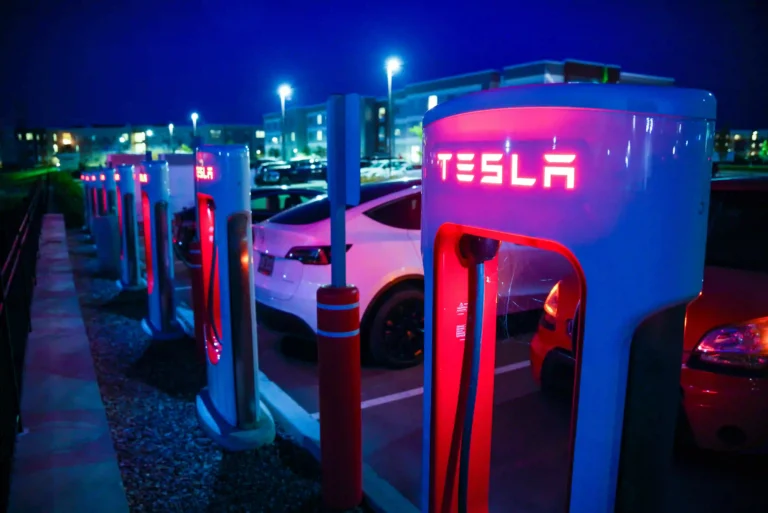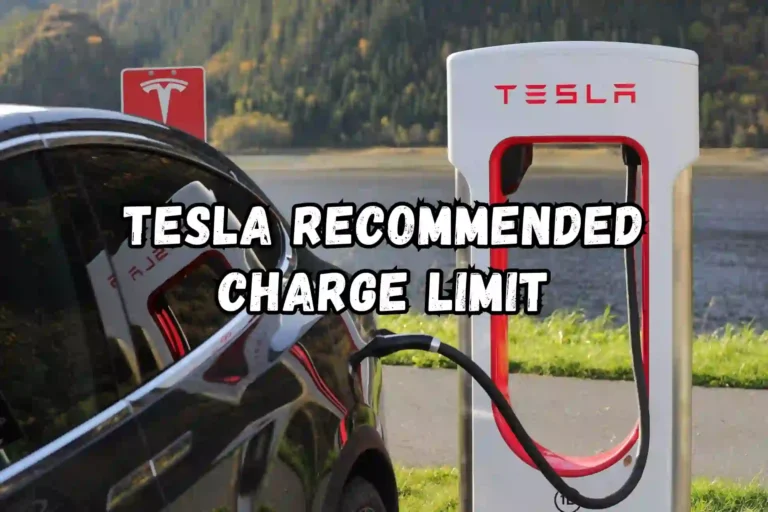Electric vehicles (EVs) produce much fewer total emissions and are much quieter than gasoline-powered cars. They are also much cheaper to operate and produce less noise than gasoline-powered cars.
It is important to note, however, that not all electric cars and EV charging plugs are created equally. Specifically, there exist a number of EV charging connector types in different countries and models.
Because of the increased power levels and additional wiring required to handle the kilowatts (kW) delivered by EVs, AC (alternating current or Level 2) charging connectors are used on EVs.
A charger with 240 volts and a NEMA 14-50 receptacle is the most common way to provide AC charging at home or at work.

DC fast charging uses anywhere from 400-1000 volts and up to provide charging speeds between 50 kW and 360 kW. DC charging speeds are typically between 3 kW and 19.2 kW based on the electric vehicle. In less than 20 minutes, these chargers can charge electric vehicles to 80%.
While there is contention around universal plug technology, there is critical mass from global automakers supporting the Combined Charging System (CCS) in North America with CHAdeMO being phased out.
However, that critical mass appears to be shifting as North America transitions to the North American Charging Standard (NACS). With NACS progressing towards standardization by SAE as J3400, all manufacturers are expected to make the move to the Tesla connector.
AC EV plug standards
Almost all electric vehicle manufacturers in North America use SAE J1772 connectors, otherwise known as the J plug, for AC charging at levels 1 and 2 (120 volts). Tesla’s proprietary NACS, which is compatible with SAE J1772 and CCS1 Combo with adapters, has long been used by Tesla, but in 2022, it opened up the standard to other manufacturers.
In 2025, most major car manufacturers will begin adopting SAE J3400, which will allow for access to a broader range of charging networks as well as a single charging connector for AC and DC charging. Many EV charging providers, including Enel X Way, are following suit, and plan to include NACS connectors in future chargers.
SAE J1772

One of the most common connectors in plug-in hybrids (PHEVs) and electric vehicles is the SAE J1772, which is a single-phase AC charging connector. EV owners typically use these chargers in their homes, workplaces, or other places of interest where they spend longer periods of time charging. These chargers offer charging speeds up to 19.2 kW.
Tesla vehicles don’t utilize the SAE J3400 connector, but with a Tesla adapter, you can charge an EV charge limit of 0% to 100% over the course of an average 8-hour workday.
NACS (Level 2)

The NACS charging standard will be used by Tesla and all other electric vehicle manufacturers by 2025 for DC fast charging at Levels 2 and 3. The standardized NACS connector, referred to as SAE J3400, is similar to the SAE J1772 standard in providing up to 19.2 kW with 80A of power, although current Tesla models charge at 11.5 kW as their maximum.
DC fast charging EV plug standards
Fast charging at rest stops, refueling stations, restaurants and entertainment centers is a little more complicated, since it involves high-speed EV charging. Since DC fast chargers require electricity that is usually unavailable in residential buildings, they aren’t available at home.
Home charging primarily occurs over the course of an overnight period when electricity rates are lowest and longer charging sessions are beneficial to get the car on the road more quickly. Fast charging is needed to get back on the road faster, whereas DC fast charging is necessary for a faster turnaround time.
Using 400-1000 volts, DC fast chargers can charge an electric vehicle in as little as 20 minutes, allowing you to travel long distances in an electric vehicle with little worry of running out of power. It has traditionally been necessary to use CCS Combo, CHAdeMO, and NACS chargers for DC fast charging, however, due to the fewer models produced with CHAdeMO in North America, CCS Combo and NACS will become the primary charging standards.
Combined Charging System
There are two additional pins below the SAE J1772 charging connector to create the CCS connector. It combines the SAE J1772 connector with the high speed charging pins. Most automakers in North America currently use the CCS standard, including Chevrolet, Ford, BMW, Mercedes-Benz, Volkswagen, Audi, Honda, Kia, Hyundai, Volvo, among others. Chargers can support speeds up to 350 kW. The manufacturers above have agreed to switch to SAE J3400 in 2025, replacing CCS Combo.
CHAdeMO
As of January 1, 2019, the CHAdeMO standard will be phased out and replaced with the NACS standard. CHAdeMO is the government-approved standard in Japan.
It is only the Nissan LEAF and Mitsubishi Outlander PHEV that still use the connector in North America. Since CHAdeMO connectors do not share an inlet with the SAE J1772 connector, they require their own inlets on the car. As a result, two separate charging sockets require a larger charge port area.
NACS (Level 3)
For both Level 2 and Level 3 DC fast charging, Tesla uses the same NACS connector. There is no need for a DCFC-specific connector, as other standards require, since NACS connectors, standardized as SAE J3400, accept all voltages. In addition to being lightweight and easily maneuverable, this connector also provides easy electrical dispensing.
How do I know which connector my electric vehicle uses?
All electric cars use SAE J1772 to charge levels 1 and 2 and CCS1 Combo ports to charge DC fast (with the exception of Mitsubishi and Nissan, which continue to use CHAdeMO). By 2025, Tesla’s SAE J3400 port will be used by all manufacturers.

The transition to EVs should not be delayed by this uncertainty, as the chargers that power them are evolving to meet the needs of drivers. Even though this may cause confusion in choosing what EV and charging station to buy, drivers need not fret. The Enel X Way announced in June 2023 that they would support SAE J3400 (NACS) EV charging connectors and intends to offer the option in JuiceBox® chargers by 2024.
It will be more convenient for EV manufacturers to provide OEM-approved charging adapters for the transition, making a JuiceBox investment a worthwhile one. A 3rd party SAE J3400 to CCS Combo adapter may lack the necessary safety features, according to CharIN, the organization advocating for the standard. It is, however, necessary and safe to use OEM-supplied adapters prior to native SAE J3400 connector applications in EVs.
You can find publicly available electric vehicle charging stations that specify plug type and pricing with smartphone apps like the Enel X Way App if you want to charge up your electric car on the road. We’d be happy to answer any questions you may have about charging your electric vehicle, so feel free to contact our customer support team.
Frequently Asked Questions
What charging port does Tesla use?
Tesla vehicles predominantly use a proprietary charging port known as the Tesla connector. This connector is compatible with Tesla’s Supercharger network and other public charging stations with adapters.
Is Tesla Type 1 or type 2 charger?
Tesla primarily uses the Type 2 connector for its charging stations in Europe and other regions where Type 2 is the standard. However, in North America and some other regions, Tesla vehicles come with an adapter for Type 1 charging stations.
What type of plug is on a Tesla?
The plug on a Tesla vehicle is a proprietary connector designed specifically for Tesla vehicles. It is commonly referred to as the Tesla connector or Tesla charging port.
Does Tesla have a Type 2 plug?
Yes, Tesla vehicles sold in regions where Type 2 is the standard come with a Type 2 connector for charging. This connector is used with Tesla’s home charging stations and public charging stations that support Type 2.







